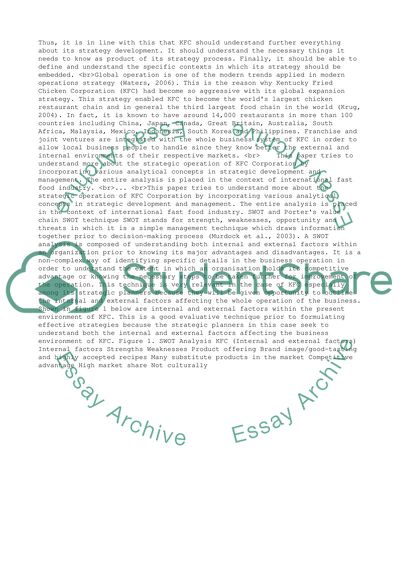Cite this document
(“Kentucky Fried Chicken Corporation Essay Example | Topics and Well Written Essays - 3000 words”, n.d.)
Retrieved from https://studentshare.org/business/1414894-kentucky-fried-chicken-corporation
Retrieved from https://studentshare.org/business/1414894-kentucky-fried-chicken-corporation
(Kentucky Fried Chicken Corporation Essay Example | Topics and Well Written Essays - 3000 Words)
https://studentshare.org/business/1414894-kentucky-fried-chicken-corporation.
https://studentshare.org/business/1414894-kentucky-fried-chicken-corporation.
“Kentucky Fried Chicken Corporation Essay Example | Topics and Well Written Essays - 3000 Words”, n.d. https://studentshare.org/business/1414894-kentucky-fried-chicken-corporation.


